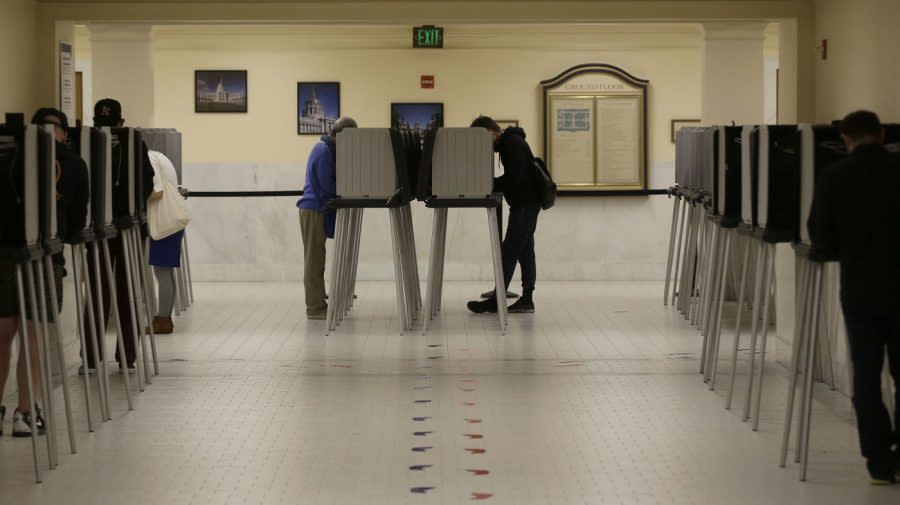Californians will likely see $10B climate bond on November ballot

The California Legislature came to an agreement Sunday on the terms of a $10 billion climate resilience bond that it expects to appear on the November 2024 ballot.
The anticipated inclusion of such a bond has been months in the making, after it became apparent that the 2024-25 state budget would contain sizable cuts to climate initiatives.
California, a national leader on environmental issues, has set lofty emissions reduction targets as it contends with climate-driven impacts such as extreme weather, drought and rampant wildfires.
At the same time, however, the state has been facing a $46.8 billion shortfall — addressed by trimming funds across the board in the budget signed Saturday by Gov. Gavin Newsom (D).
While Democratic lawmakers have largely supported the inclusion of a climate bond to the ballot, discussions in recent weeks stood at an impasse over the precise contents of the measure.
Legislators were at odds over the fine print in two proposals: Assemblymember Eduardo Garcia’s (D) AB 1567 and state Sen. Ben Allen’s (D) SB 867.
The $10 billion compromise announced Sunday falls short of both proposals, as the two bills had included about $15.9 billion and $15.5 billion, respectively.
The new agreement, pending official approval, would amend SB 867 and focus funds on those communities hit hardest by climate change, according to a press release issued by Garcia’s office. Lawmakers have until Wednesday to authorize the bond’s addition to the ballot.
“Our historically underserved communities on the front lines of the climate crisis could not afford to wait any longer, requiring us to move with urgency to strengthen California climate resiliency,” Garcia said in a statement.
Garcia characterized the bond proposal as “an equity-focused investment plan to protect Californians suffering the real-time devastating and often deadly consequences of climate change.”
“These crucial investments allow us to improve safe drinking water and air quality, prevent and prepare for future disasters like wildfires and drought, and accelerate our renewable energy goals while creating crucial jobs and economic opportunities,” he added.
The proposed bond would dedicate 40 percent of the $10 billion at minimum toward disadvantaged communities, with funds divided among eight chapters:
$3.8 billion for safe drinking water, drought, flood and water resilience
$1.5 billion for wildfire and forest resilience
$1.2 billion for sea level rise and coastal resilience
$1.2 billion for protecting biodiversity and supporting nature-based climate solutions
$850 million for clean air programs
$700 million for park creation and outdoor access
$450 million for extreme heat mitigation
$300 million for sustainable farms, ranches and working lands
Assemblymember Lori Wilson (D), a co-author of the legislation, touted the bond for its capacity to address “the unique issues facing communities that have been historically overlooked, ensuring geographical equity.”
“These investments are imperative for safeguarding our communities and environment,” she added.
Copyright 2024 Nexstar Media, Inc. All rights reserved. This material may not be published, broadcast, rewritten, or redistributed.
For the latest news, weather, sports, and streaming video, head to The Hill.

 Yahoo News
Yahoo News 
